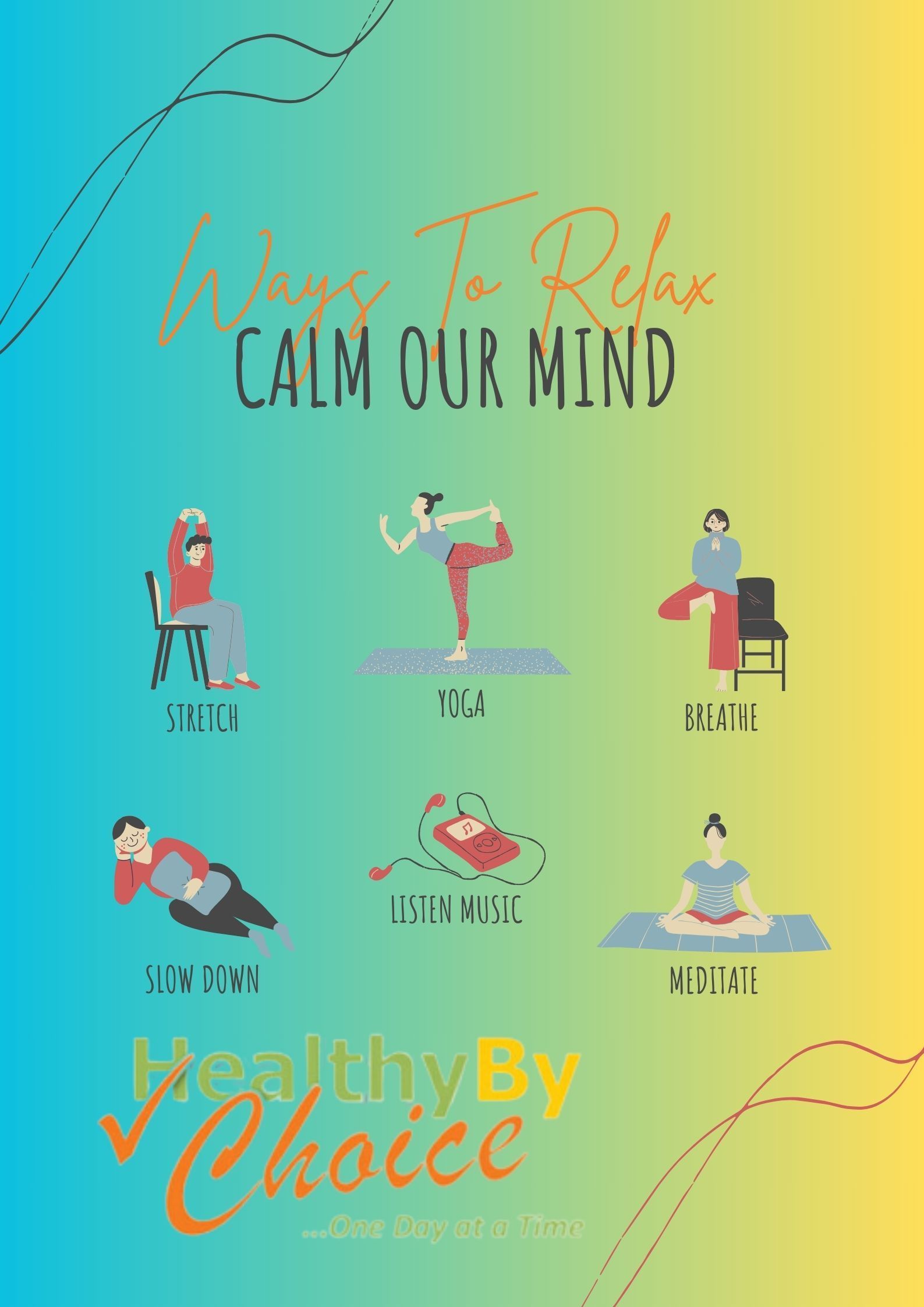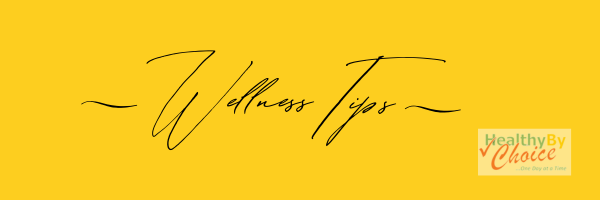Five Essential Tips for Better Breathing and Stretching
HBC Account • January 3, 2025
These simple practices not only help reduce tension and stress but also improve flexibility, circulation, and overall well-being. Stretching helps keep your muscles healthy and strong, while deep breathing provides your body with more oxygen, boosting energy and focus.

- Breathe deeply and slowly: The most important thing to remember—don’t hold your breath while stretching! Sync your breathing with your movements for maximum relaxation.
- Focus on full-body relaxation: As you stretch, be mindful of letting go of tension throughout your entire body. Pay extra attention to areas that feel tight.
- Ease into deeper stretches: If you'd like to go deeper into a stretch, use your breath to guide you. Breathe and relax into the movement—never force it.
- Pain means no gain: If a stretch causes pain, stop. Stretching should feel good, not hurt.
- Short on time? Focus on quality, not quantity. Doing one or two stretches fully is more effective than rushing through many.
Why are breathing and stretching important?
Both stretching and breathing are essential for maintaining flexibility and reducing muscle tension. Stretching helps prevent injury and promotes better posture, while deep breathing improves oxygen flow, which can help clear your mind and increase energy. Together, they enhance overall physical and mental well-being.
Remember to take a few moments each day to breathe deeply and stretch—it’s a simple but effective way to take care of yourself!

We know how busy workdays can get, and sometimes it feels like there’s just no time to hit pause. But taking intentional breaks can help you recharge, refocus, and feel more productive throughout the day. Here are three simple strategies to help you find moments of calm and clarity, even on the busiest days:




